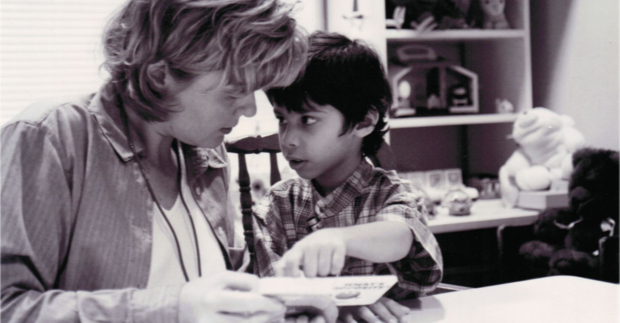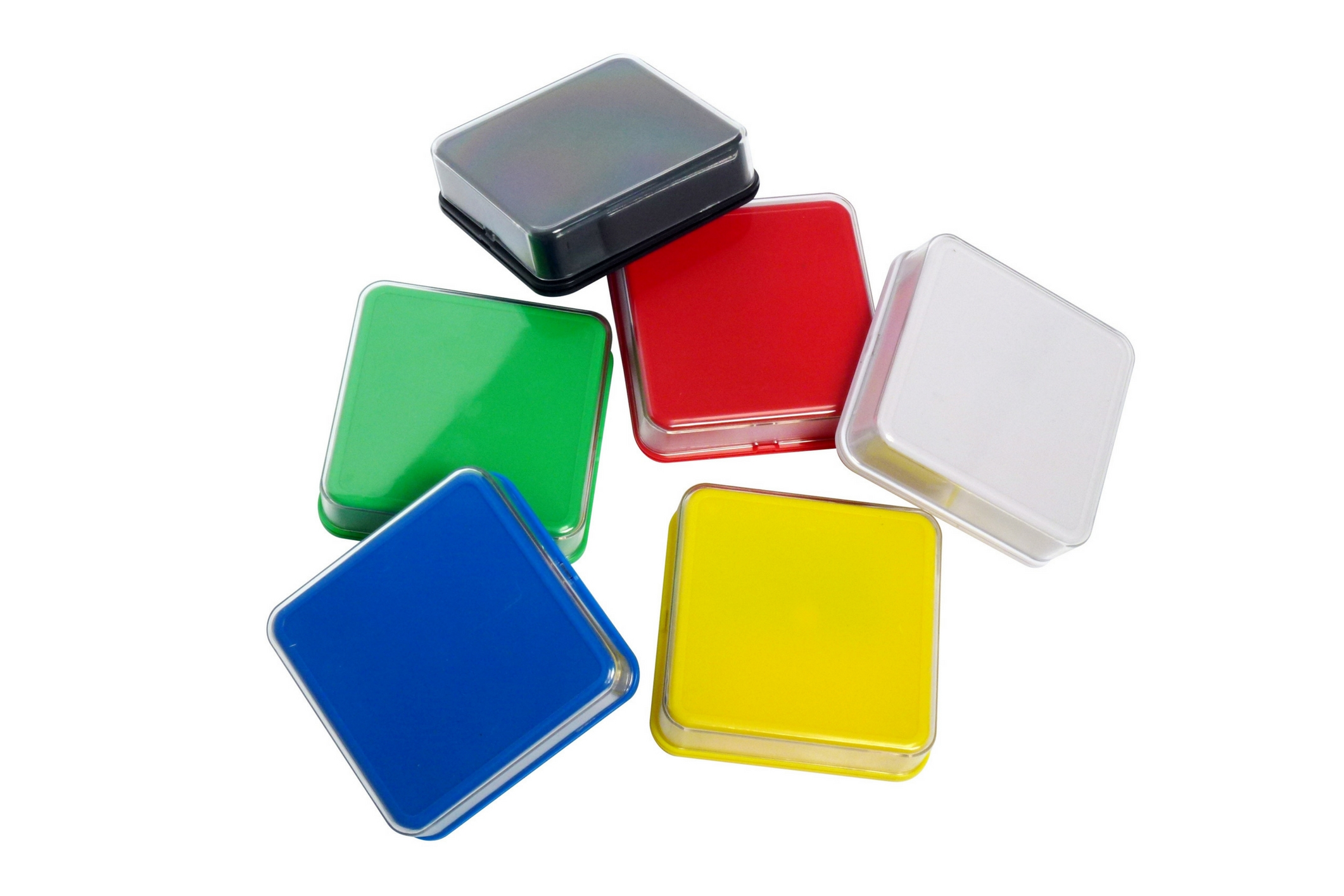BLOG


Get yourself familiar with auditory verbal therapy to develop your kids’ articulation skills
It is a common sight for people to pass a comment on someone else’s accent and speech, which to be honest is in poor taste. If help is not provided to them at an earlier age it can cause a lot of problems to someone’s self-image. One needs to understand that we speak well only when we hear it well enough. Recent trends show that most parents are opting for spoken languages for their little ones with hearing loss. Professional help is important is necessary at an early stage for helping a child to complete those goals.
With proper access to auditory verbal therapy and sounds of speech, most people are able to speak without any articulation mistakes.
Traditional Speech Therapy vs Auditory Verbal Therapy
Auditory Verbal therapy helps in developing children’s spoken language through listening by focusing on growing speech skills. Basically by using the right technology, children with hearing loss will speak properly without looking but through hearing. In this process the parent becomes the best teacher for your child by understanding techniques that are involved in a child’s thinking, spoken language skills and listening, major pressure is given on hearing. With further more sessions followed by close monitoring, a child will develop his/her auditory skills by combining all sorts of visual imagery possible.
What’s interesting is this therapy is a parent-centered approach because it involves a natural conversation between them with the usage of residual hearing. Everyone, including the therapist, is involved in the activities for helping a child use his/her residual hearing for normal communication. This is not a drill based process.
A little deeper into the matter...
- It is important for parents to detect the hearing impairments in children’s early stages, especially in newborn nurseries or even at home. A child with an unchanging pattern of mistakes, following them like a rule (always making sounds from the front of the mouth like /t/ and not of the back of the mouth like /k/), is a phonological process.
- Prompt pursuit of technological aid, for example the very popular cochlear implant.
- One-on-one teaching sessions is by far the most important because this form of therapy is an interactive process.
- The therapist and the parent/carer along with the child in the beginning will develop patterns of language, listening, perception tailored for the child for stimulation of relaxed and normal conversation. This along with later monitoring sessions is done for the comprehensibility of their own voices which will help in their speech.
- The same program or schedule is not suited for each and every child. A continuous assessment is required and via diagnostic intercession, the program may or may not be modified accordingly.
- By learning language through these sessions, one can have meaningful interactions or a full-fledged conversation without using sign language. Proper reading skills also develop pretty well. Your vocabulary skills also increase with more interactions.
- Since this is a relatively new method, this method is not followed in most schools. With today’s technology for hearing aid like FM receivers or classroom amplifier systems, the introduction of this form of therapy into mainstream learning will take some time.

